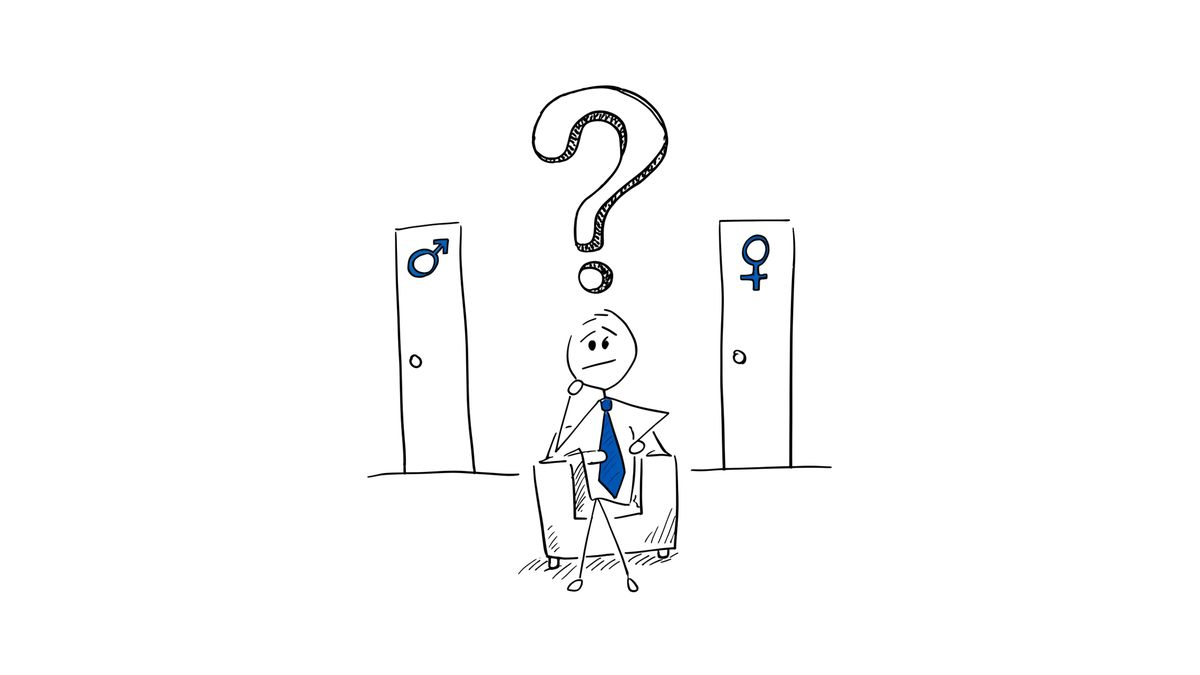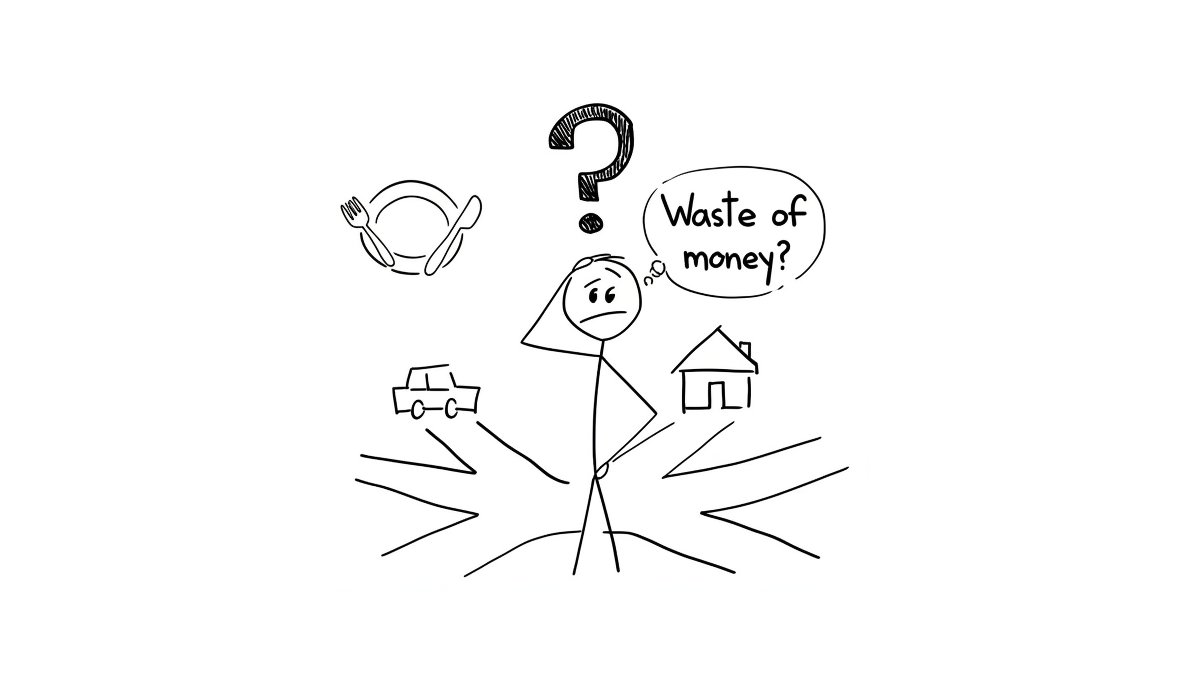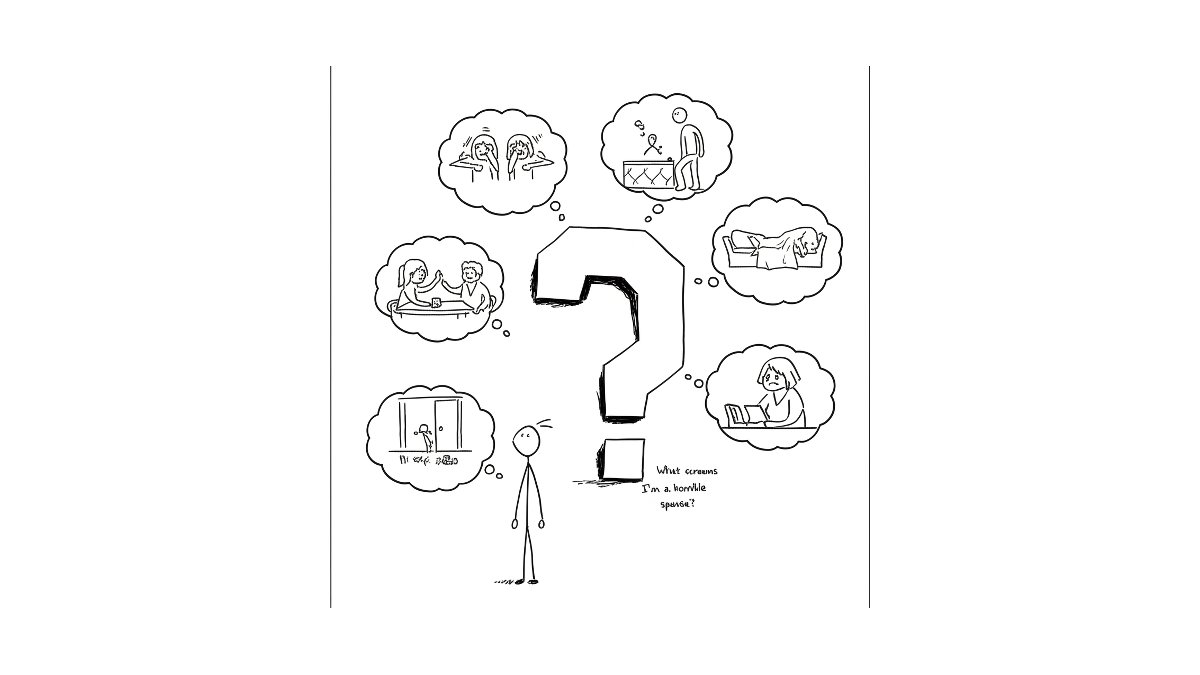Ever wonder if men and women handle problems differently? Therapists see it every day in their practice. The patterns they notice reveal a lot about societal pressures and our core human needs. The differences are not what you might expect.
How Men & Women Start Therapy
Initially, men and women often walk into therapy with very different goals. Many male clients want direct solutions and a clear action plan. They approach therapy like fixing a machine, looking for an instruction manual to solve their problems. One therapist noted that single men in their 40s or 50s often seek help for specific performance issues.
“My male clients come to therapy wanting solutions, action, structure, and for me (a woman) to tell it like it is.”
In contrast, women frequently begin therapy with a high degree of self-awareness. They can often articulate their emotions and experiences clearly. However, they may struggle with perfectionism, trying to perform healing in a flawless way. This can lead to a different kind of challenge in the therapeutic process.
“The first visit or two might be super limited and then the floodgates open all at once. The women are more open at the start, but drop big details ways slower.”
Unpacking The Core Issues
Furthermore, therapists find that societal conditioning shapes men’s and women’s core struggles. Men are often taught to suppress emotions, leading them to be more comfortable expressing anger than sadness or vulnerability. This conditioning also contributes to men having smaller support systems, making therapy a rare space for openness.
“Men tend to be more comfortable going to anger than women, and tend to have less of a support system and less openness about their mental health with people they care about…”
Meanwhile, women often grapple with the need to feel seen and heard. They seek acknowledgment of their feelings rather than simple excuses or solutions. When this need is unmet, it can create a deep sense of not being loved or valued, which complicates their relationships and personal well-being.
“Women on the other hand need attention. They need to feel seen and heard. They don’t need to be understood as much as they need to feel heard.”
Finding Your Breakthrough
Ultimately, the path to healing requires moving beyond these initial patterns. For men, real progress often begins when they shift from seeking quick fixes to exploring their deeper emotional lives. Therapy provides a safe space to process childhood experiences and behavioral patterns they previously ignored.
“Over time, we almost always end up going very psychodynamic (lots of talking, open ended guiding questions, raising awareness of relational/childhood stuff, behavioral patterns)…”
Similarly, women find breakthroughs by learning to let go of perfectionism. The goal becomes self-acceptance, processing suppressed anger, and setting firm boundaries. By challenging the pressures of gender roles and productivity, they can build a healthier self-image and lead a more values-driven life.
“Over time, we end up working on self acceptance, processing anger, boundaries, values-driven action, self image, and raising consciousness on gender roles and capitalism.”




